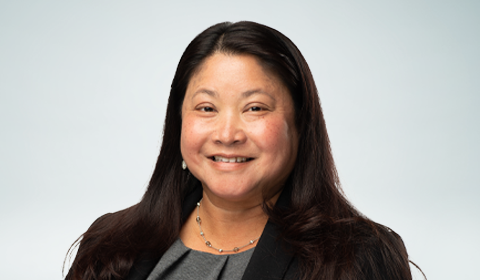Nearly six months after lockdowns began in the U.S., insurance companies and their employees don’t appear much closer to settling into a new version of business as usual.
For underwriters in particular, the workday – and often worknight – can now bring more pressure than ever: Cases are backlogged, staff underwriters are overloaded, and business continues to pour in. With states expanding reopening, the pressure for case throughput is extraordinary, and underwriting teams are searching for effective solutions.
Pandemic tests already stressed underwriting teams
Like many businesses, the insurance industry is saddled with backlogs as a result of the COVID-19 shutdown. Many, if not most, insurers are carrying a large pending inventory of cases to be reviewed – a logjam created primarily due to the implementation of strict lockdown protocols earlier this year, when underwriting evidences (e.g., labs, parameds, exams) were either unavailable or applicants were understandably nervous to let people into their homes or to visit clinical facilities. Now states have started to open up, and these evidences have become more readily available. The result: Cases are piling up.
Growing work demands are accompanied by ongoing – and often increasing – personal pressures. Underwriters are human, after all, and the timing of this flood of work coincides with a range of everyday life demands, from quarantine fatigue to parents working at home alongside children attending school remotely. And many have delayed their usual summer vacation plans or skipped vacations entirely this year. The result: heightened likelihood of burnout.
Fast-tracked automation brings added challenges
Pandemic-driven pressures are magnifying existing challenges within the underwriting profession. The ongoing evolution toward accelerated underwriting, for example, was sped up significantly when lockdowns limited access to traditional evidence. In fact, the days of every case being fully underwritten using fluid testing and paramed exams may be over.
One would think acceleration would mean less work for underwriters, but this has generally proven not to be the case so far. While it may take some of the easier cases off an underwriter’s workload, that still leaves the most complex cases requiring human expertise. As a large percentage of the profession reaches retirement (or early retirement) age, such human expertise is being concentrated among fewer and fewer people. The recently published Academy of Life Underwriting (ALU) 2020 Census reveals that the industry will lose up to 16% of underwriters to retirement in the next five years.
See also: With the Talent Gap Straight Ahead, Life Carriers Find an Off-Ramp
A further consideration: Accelerated underwriting relies on the use of non-traditional evidence sources, and unlike the relative certainty of a blood test, this new evidence requires a new level of expertise in how to interpret and apply it. In addition, the many efficiencies and enhancements that come with automation also bring their share of complexities behind the scenes, depending upon products, face amounts, and applicants’ medical histories. In the ALU census, over half of respondents using updated automated underwriting systems to increase speed and capacity reported that these systems added complexity to their current roles – this is up over 31% from the 2017 census.
Partnering with a reinsurer offers a solution
COVID-19 has only highlighted the pre-existing reality: In-depth underwriting knowledge and specialized expertise are more important than ever. With underwriting staffs at direct carriers pushed to the brink, insurers are turning to reinsurers for support. Reinsurers can offer the experience, expertise, and capacity to help alleviate immediate staffing needs during the COVID-19 crisis and develop a long-term plan to stay ahead of the evolution of the industry.
At RGA, for example, the Strategic Underwriting Program (SUP) provides highly experienced underwriters to increase an insurer’s ability to process cases – everything from reviewing supporting documentation to conducting full facultative case review and decisioning. The recently launched MD SUP component allows access to RGA's expert medical directors and advances in insurance medicine. RGAX Underwriting Solutions offers additional ways to increase underwriting capacity through services such as production underwriting outsourcing, APS summary preparation, evidence ordering, and tele-interviewing.
See also: Keeping Pace with Insurance Medicine and Underwriting in an Accelerating Age
In addition, RGA’s RiskDimensionsSM platform offers a range of robust digital and data-driven risk assessments solutions to help insurers apply new evidence sources and more effectively and efficiently accelerate the underwriting process.
The industry and the underwriting profession will never be the same after COVID-19. Insurance companies emerging as leaders post-pandemic will be those who successfully navigate the current crisis by implementing processes and partnerships geared toward the future of underwriting.



